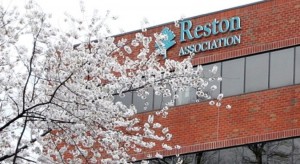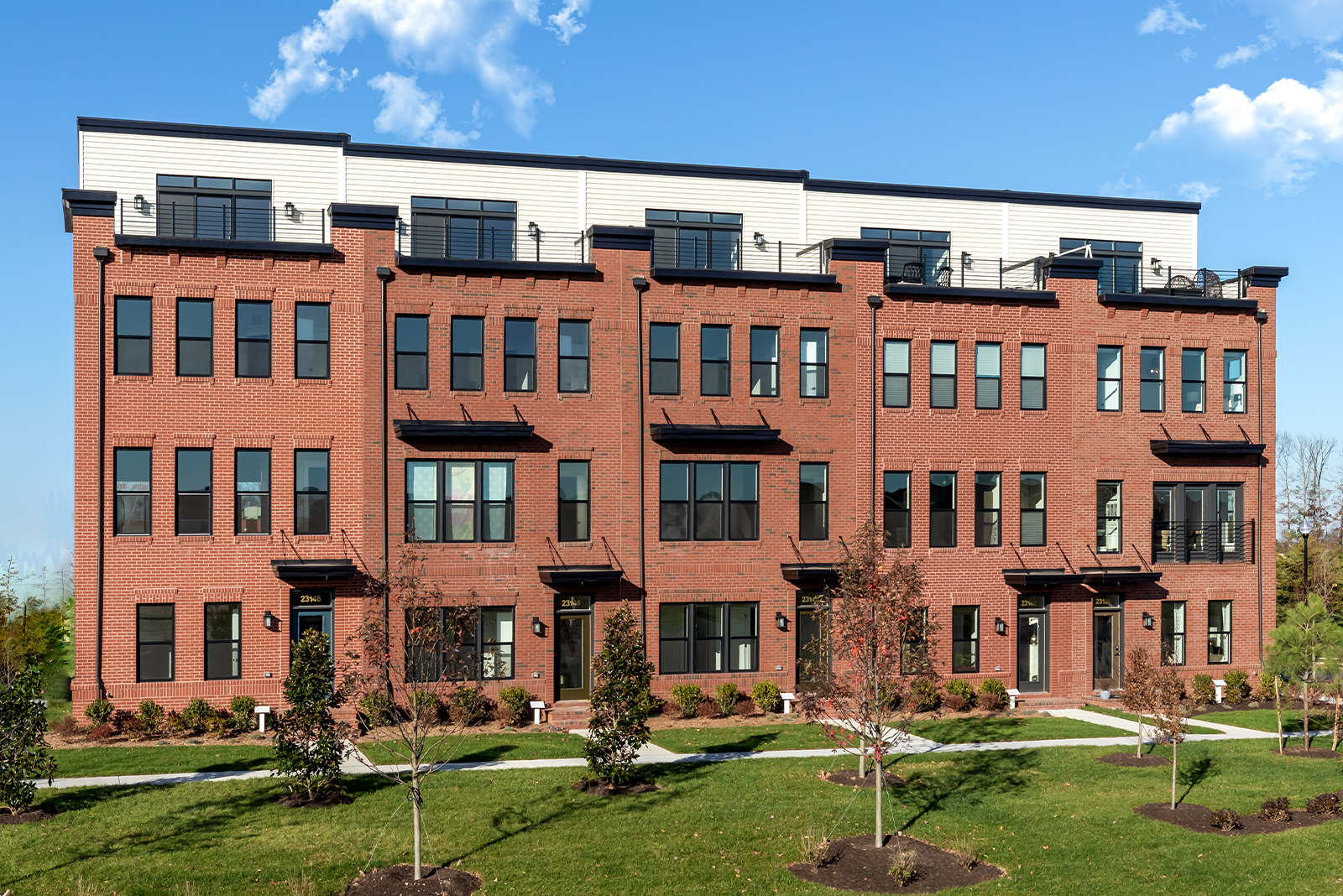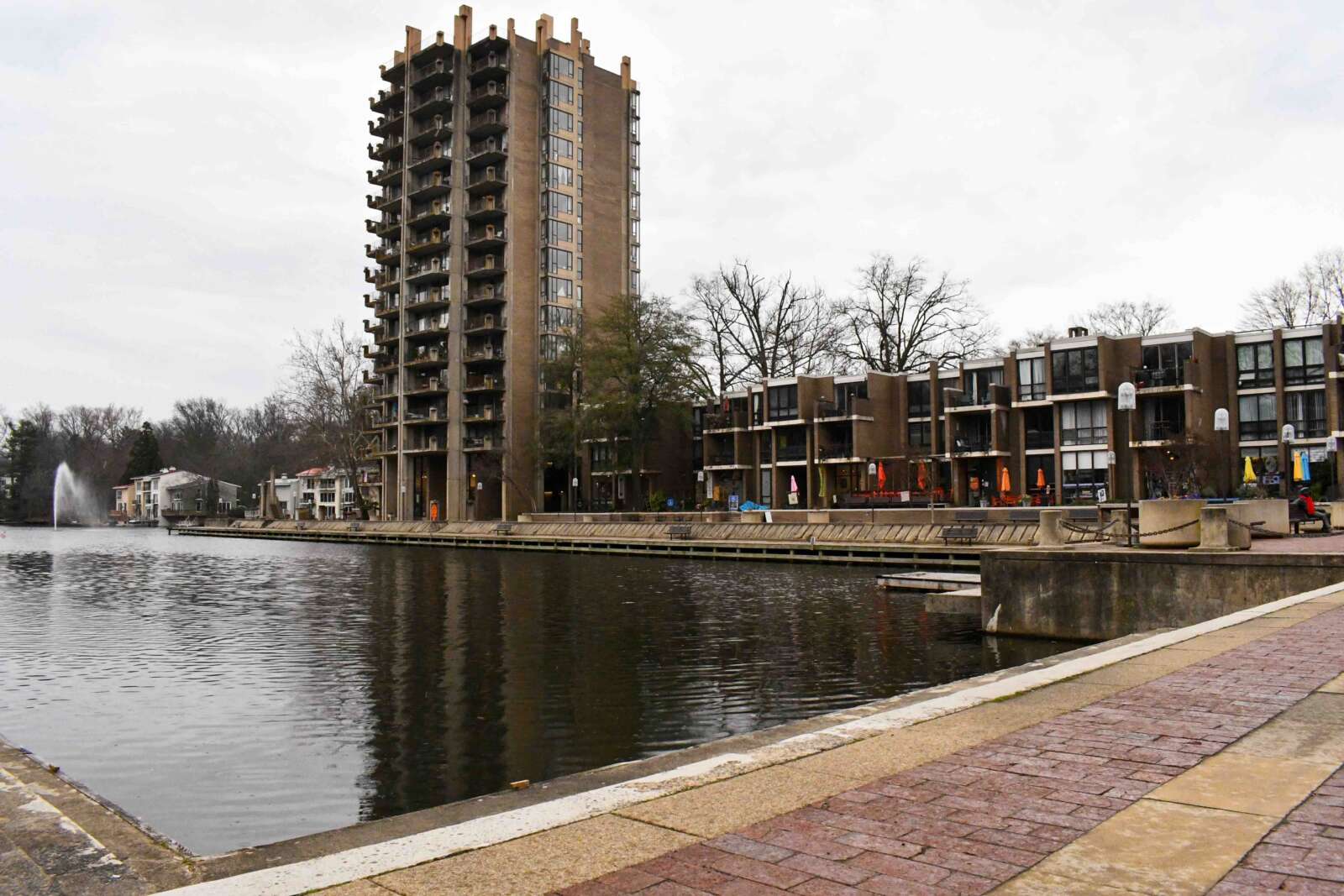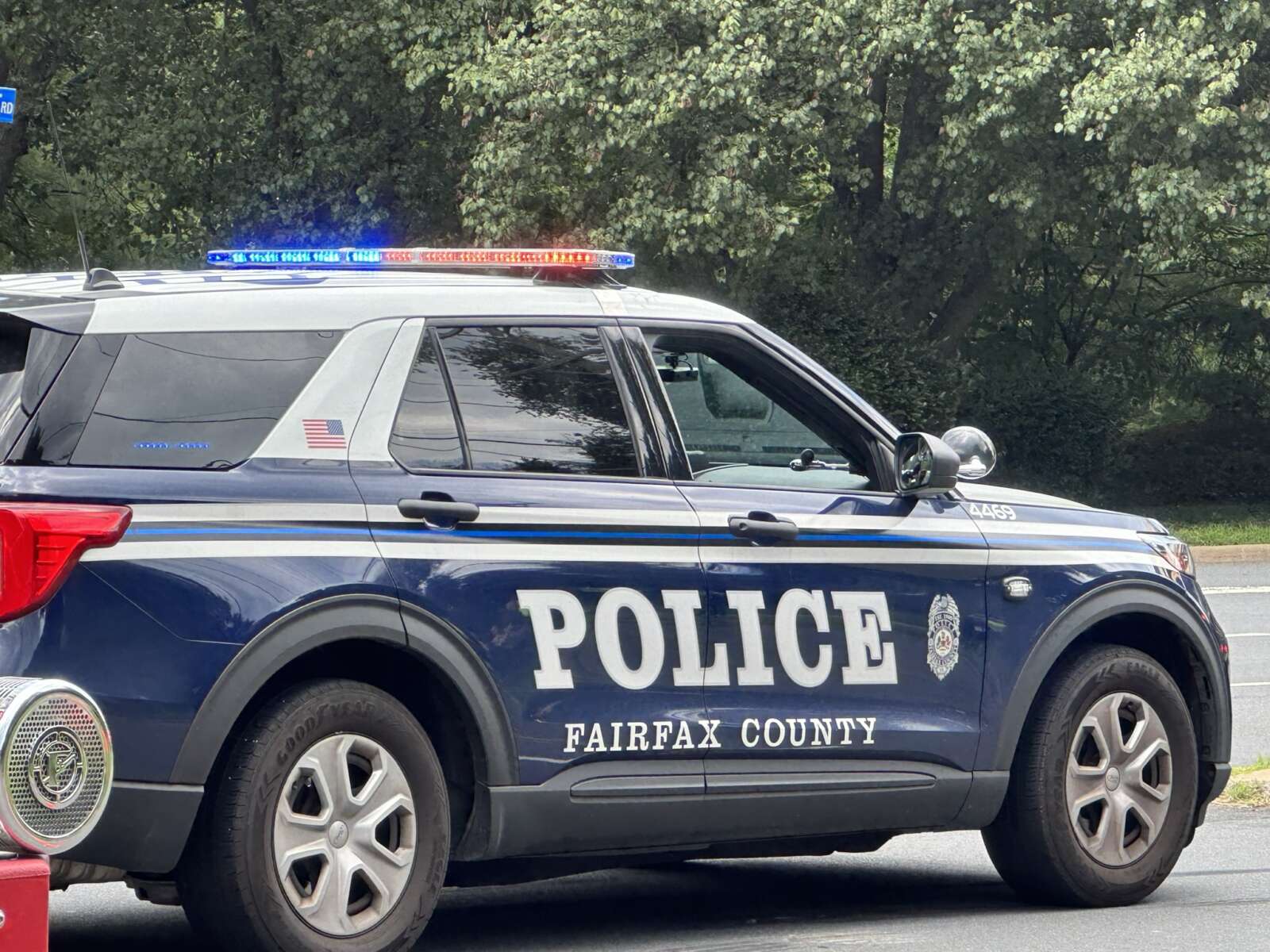 This is an op-ed from Reston resident and Reston 2020 member Terry Maynard. It does not represent the opinion of Reston Now. Something on your mind? Send a letter to [email protected]. The editor reserves to make edits for style and clarity or reject submissions.
This is an op-ed from Reston resident and Reston 2020 member Terry Maynard. It does not represent the opinion of Reston Now. Something on your mind? Send a letter to [email protected]. The editor reserves to make edits for style and clarity or reject submissions.
The Reston Association Board of Directors is in the midst of considering the RA budget for 2017 and will have a special meeting Wednesday (6:30 p.m. at RA headquarters).
The three key points to take away from the materials presented to the Board in recent months and in the package to be presented to the Board this month are this:
- There is not one single place where RA has proposed a reduction in next year’s operating budget, much less elimination of a program, position, or activity; only additions of varying sizes need be considered by the Board. Apparently, everything RA is now doing or plans to do is absolutely essential and must be done again next year–with additions for inflation and new staffing, programs, and activities.
- The proposed $2.9 million appropriation for the Repair & Replacement Reserve Fund (RRRF) is being driven by a simplistic, but reversible, policy prescription in the face of consultant advice that more than $1 million less is needed, the proposed capital spending next year is less than two-thirds of what the policy calls for appropriating to the fund, and existing RRRF reserves far exceed any RA requirement.
- As a result, RA staff is proposing (and the Board appears to be favoring) a budget that would require Restonians’ assessment fees to jump by 8.3 percent from $657 in 2016 to $712 in 2017, a $55 increase. That’s the largest annual increase in homeowner assessment fees in the history of Reston Association.
How ridiculous!
Not unexpectedly, one of the key drivers of the increased budget is personnel costs. In fact, over the last five years, RA data show added personnel costs have comprised 45 percent of RA assessment fee increases — about $75 per household or $15 per year.
This year’s budget proposal includes the addition of six new staff positions to RA at a cost of $557,000, three of which costing $216,000 were in this year’s budget but dropped to help offset the near tripling of Tetra renovation expenses.
Despite its key role in RA expenses, personnel cost growth has never added more than $350,000 to the RA budget in any of the last five years according to RA. We see no reason that threshold should be exceeded now.
Why do we need to splurge on new RA employees and “merit” raises now? How have other recent personnel increases improved RA’s service to the community as an HOA? Why we need those three full-time positions next year if we could so easily do without them this year? And why do we need more seasonal hires next year than this unless we can offset that addition by cutting more costly full-time positions?
In addition, why should another quarter-million dollars in added costs would go to cover “merit” (based on what?) and cost of benefit increases? Those additional expenditures will add $27 to Restonians’ assessment fees if approved.
RA’s capital reserve funds (yes, it has two) are the other key driver in the proposed increase in RA spending next year. Let’s start where we are: As of the end of August, there was a total of $6.3 million in the Repair & Replacement Reserve Fund (RRRF) and $326,000 in the New Capital Acquisition Reserve Fund (CAARF) according to the Treasurer’s monthly report.
The Capital Projects Budget for the RRRF for this year is $2.5 million, of which $891,000 had been spent by August, with a $1.9 million repair and replacement capital budget proposed for 2017. That’s $3.5 million in RRRF spending between now and the end of 2017, about 55 percent of the $6.3 million currently in the RRRF.
Despite the fact that the existing reserve RRRF balance will cover all proposed capital expenses through next year and still have $2.8 million in reserve, RA proposes adding $2.9 million or $140 per household to the RRRF in the 2017 budget, bringing the projected 2017 year-end total to $5.7 million after $1.9 million in capital expenditures. (The Finance Committee has suggested that up to $1 million of the RRRF funding could come from moving funds from excess operating account balances rather than totally funding the $2.9 million through assessment fee hikes.)
An investment of $96,000 is also planned for a new RA call management system next year. The key question is whether that is enough, too much, or not enough–and whether operating surpluses should be used.
In fact, the proposed $2.9 million transfer to the RRRF is not based on need. RA is only proposing $1.9 million in its RRRF expenditures next year. The $2.9 million proposal is based on an RA policy requirement for investment for adding 1/10th of the next decade’s forecast RRRF expenditures each year to the RRRF. That policy requirement can be overturned, however, by a 2/3 majority vote of the Board, so a lesser sum could be transferred to the RRRF if appropriate. A very good reason not to invest $2.9 million is that current and prospective RRRF balances substantially exceed all defined reserve requirements (now about $3.2 million).
For example, a study prepared by RA contractor Criterium Engineers last year, a required periodic reserve requirement analysis, said that year-end reserve levels of $4.6 million this year and next would be adequate to meet RA needs. That means RA would have $1.1 million in excess reserves by the end of 2017 if it adds $2.9 million to reserves next year. To just meet the $4.6 million called for in the reserve study, RA would need to add only $1.8 million or $87 per household.
The fact is that neither the RA staff nor the RA Board has taken the time to determine whether Criterium’s recommended $4.6 million 2017 year-end balance is sufficient or some larger sum is needed for the RRRF.
The $1.8 million investment in the RRRF called for by Criterium may be sufficient to meet the reserve requirements laid out last year for 2017, but it may not be adequate to meet RA’s longer term requirements.
The $2.9 million in the proposed RA budget appear to be excessive, especially since RRRF reserves now exceed all requirements and the additional proposed sums have not been explained, much less justified.
Neither the RA Board nor staff has validated the studies by Criterium that either the short- or long-term capital reserve levels are correct (or even why they’re different), nor have they examined whether next year’s proposed $1.9 million capital budget is inadequate, excessive, or reasonable.
In short, neither the RA staff nor board know whether next year’s proposed budget and your proposed assessment fee increase are reasonable, but they are moving forward nonetheless.
If you think the proposed budget and homeowners’ assessments are out of line, now is the time to speak up. Otherwise, be prepared for unwarranted spending and a much higher assessment bill next year.
Terry Maynard, Co-Chair
Reston 20/20 Committee





